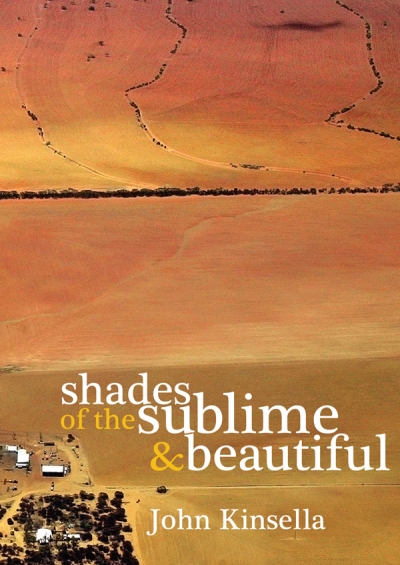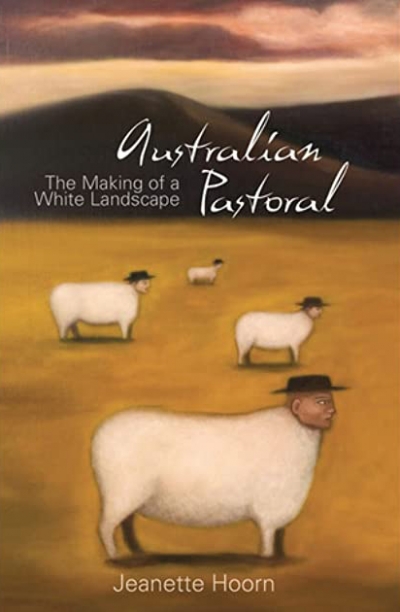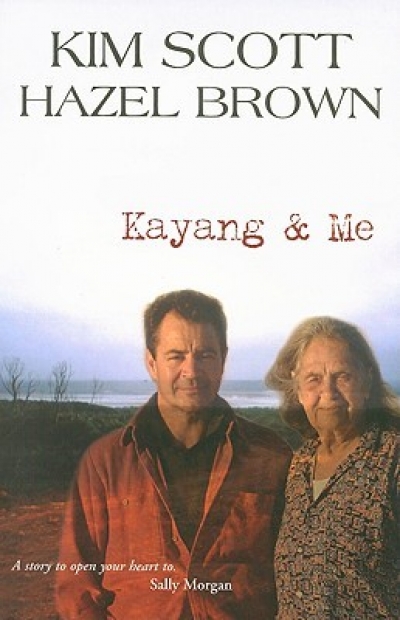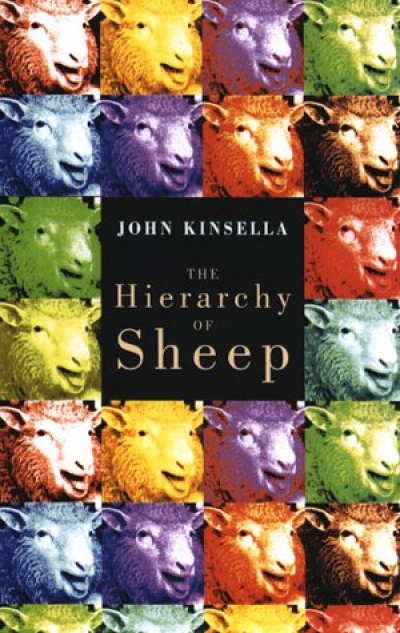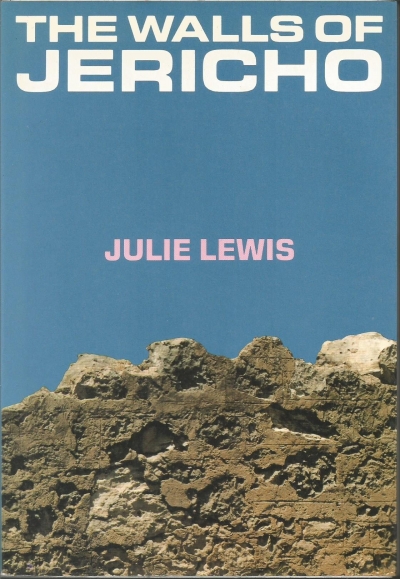Fremantle Press
Father Of The House: The memoirs of Kim E. Beazley by Kim E. Beazley
by Geoff Gallop •
Australian Pastoral: The making of a white landscape by Jeannette Hoorn
by Daniel Thomas •
The Walls of Jericho by Julie Lewis & The Wild Dogs by Peter Skrzynecki
by Brenda Walker •



